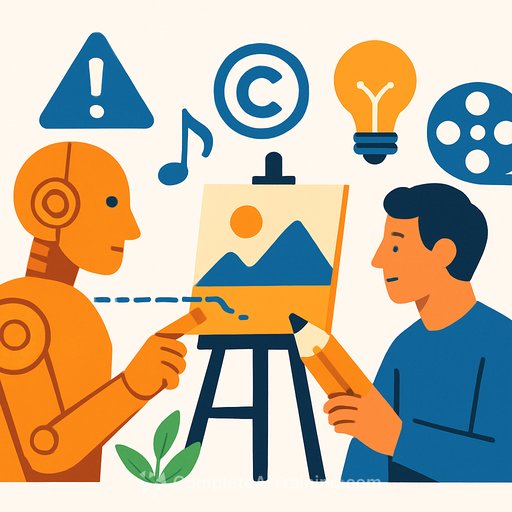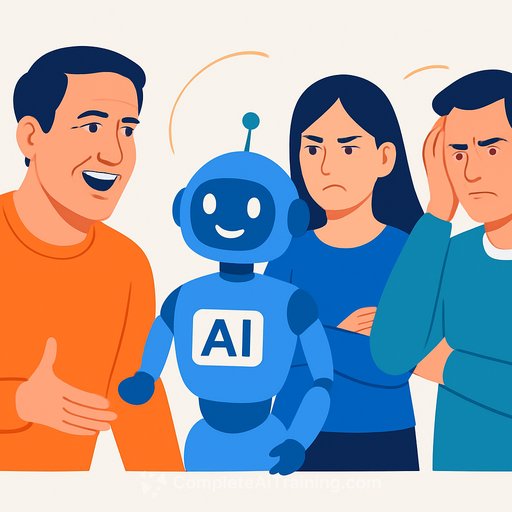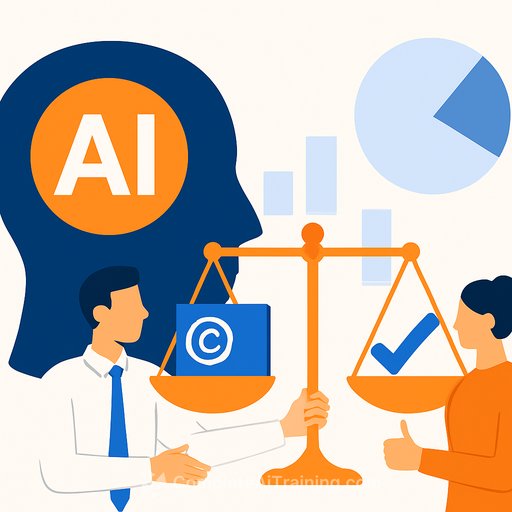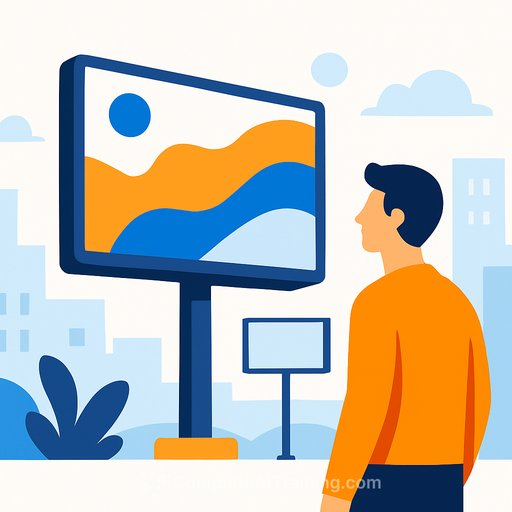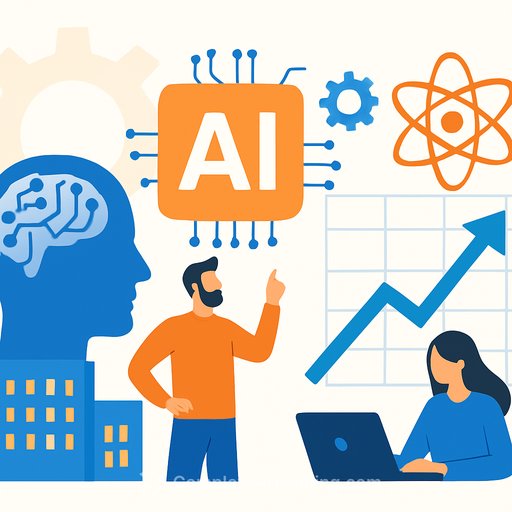AI and the Creative Industries: Anxiety, Opportunity, and the Guardrails We Need
AI is no longer a side project. It's in casting, writing rooms, design studios, marketing stacks, and box office systems. The big question for creatives isn't whether to use it - it's how to use it without eroding copyright, income, or trust.
With the government's Data (Use and Access) Bill now law and a UK-US "Tech Prosperity" pact promising major investment from American tech firms, the sector is split: some see new efficiencies and reach, others see unpaid training data, bias, and job risk. Both can be true - unless clear rules are set.
Where policy stands
Attempts to add stronger copyright protections against AI training within the Data (Use and Access) Bill fell short. Instead, an independent consultation on copyright and AI is underway, weighing how intellectual property should function in this new context. For reference, the UK Intellectual Property Office maintains resources on AI and IP policy developments and guidance.
UK IPO: Artificial Intelligence and IP
What creatives are saying
At the Labour Party conference, voices signalled support for safeguarding rights using existing law where possible, with plans to raise ongoing concerns in Parliament.
DACS chief executive Christian Zimmermann warns that "ethical AI" is scarce because many systems have been trained on creative works without consent or payment. His position is clear: don't weaken copyright - protect it so artists, museums, and audiences all benefit.
Unions echo that stance. The actors' union Equity responded to the launch of computer-generated actor Tilly Norwood by calling for an end to the "Wild West" of AI and insisting the creative process should remain a human-led endeavour.
In music, the AI singer Xania Monet racked up tens of millions of streams in weeks. Impressive metrics - and a wake-up call. Jobs, credits, and revenue splits are in play.
Risks that matter
- Consent and compensation: Works used to train models without permission or pay.
- Bias and exclusion: Models can amplify dominant perspectives and mute diverse voices.
- Over-automation: Fewer paid roles, thinner pathways for emerging talent.
- Homogenisation: Flattened style as models prioritise common or commercial outputs.
- Environmental impact: Significant compute costs without transparent reporting.
- Trust and privacy: Weak provenance, unclear data sources, and confidentiality leaks.
Where AI helps today
The Audience Agency's work with the Alan Turing Institute shows a useful pattern: use AI for classification and large-scale tagging to make sense of data at volume, so people can focus on decisions, not drudgery - and always keep humans in the loop.
Guardrails the sector should push for
- Consent by default: No training on creative works without clear permission.
- Fair pay: Licensing models for training, synthetic usage, and ongoing residuals.
- Provenance: Watermarking and content credentials to track synthetic media.
- Human credit and control: Clear policies for digital doubles and voice likeness.
- Bias and safety audits: Independent testing and disclosure of model limitations.
- Sustainability reporting: Transparent compute and emissions metrics.
- Data protection: Strong rules for client and audience data in creative workflows.
- Contract updates: AI clauses covering consent, reuse, likeness, and termination.
Practical moves for your studio this quarter
- Map your workflow: Flag repeatable tasks for AI assistance (tagging, summaries, first drafts) without handing over unique style or confidential assets.
- Set a studio policy: What data can enter models? What tools are approved? Who signs off?
- Protect your IP: Use opt-out/opt-in tools, disable training where possible, track all licenses.
- Bias checks: Test outputs across diverse audiences and contexts; document decisions.
- Human review: Require editorial sign-off for anything client-facing or public.
- Be transparent: Disclose synthetic elements to clients, funders, and audiences.
- Upskill your team: Short, focused training on prompts, review standards, and ethics.
If you need structured learning built for working creatives, explore role-based AI training paths here: Courses by Job.
What to watch next
- Government outcomes on copyright and AI, and whether consent becomes the default.
- Union agreements on digital doubles, voice models, and residual frameworks.
- Tooling that bakes in licensing, provenance, and transparent data controls.
- Sector standards from museums, labels, studios, and agencies that others can adopt.
The bottom line
AI can make creative work faster and smarter - and it can erode the very conditions that make creative work possible. The difference is policy plus practice: consent, compensation, provenance, and human oversight. Push for those guardrails, and use the tech where it saves time without sacrificing your craft.
Your membership also unlocks:

